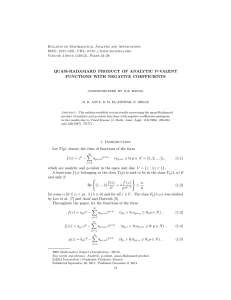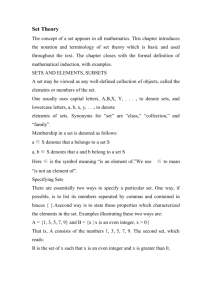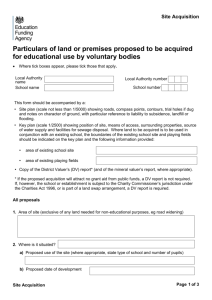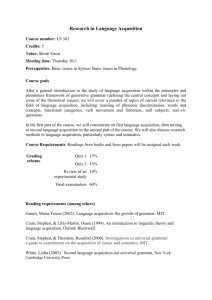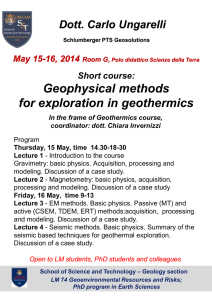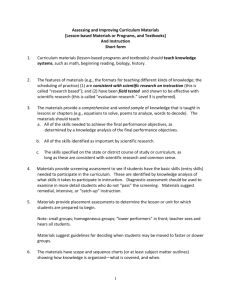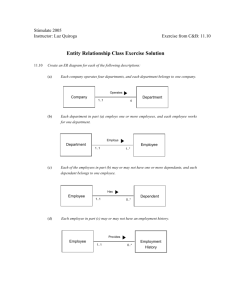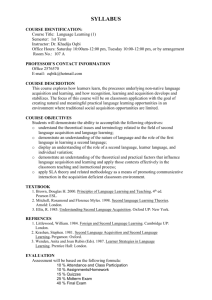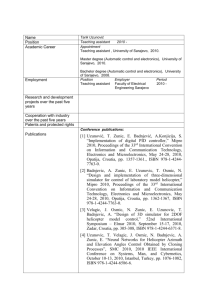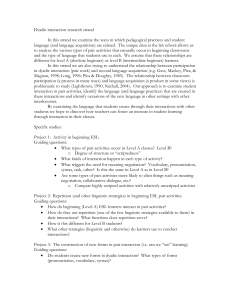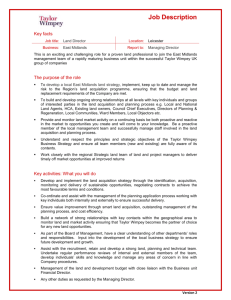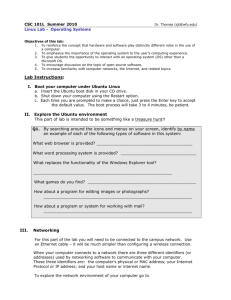relations appear
advertisement
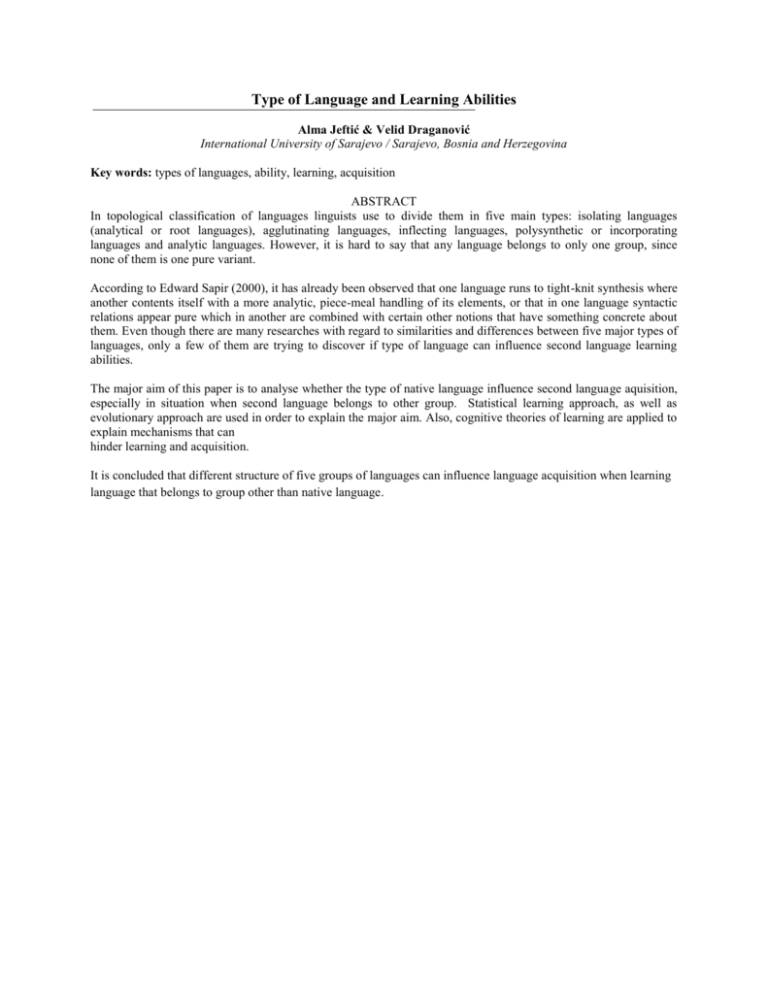
Type of Language and Learning Abilities Alma Jeftić & Velid Draganović International University of Sarajevo / Sarajevo, Bosnia and Herzegovina Key words: types of languages, ability, learning, acquisition ABSTRACT In topological classification of languages linguists use to divide them in five main types: isolating languages (analytical or root languages), agglutinating languages, inflecting languages, polysynthetic or incorporating languages and analytic languages. However, it is hard to say that any language belongs to only one group, since none of them is one pure variant. According to Edward Sapir (2000), it has already been observed that one language runs to tight-knit synthesis where another contents itself with a more analytic, piece-meal handling of its elements, or that in one language syntactic relations appear pure which in another are combined with certain other notions that have something concrete about them. Even though there are many researches with regard to similarities and differences between five major types of languages, only a few of them are trying to discover if type of language can influence second language learning abilities. The major aim of this paper is to analyse whether the type of native language influence second language aquisition, especially in situation when second language belongs to other group. Statistical learning approach, as well as evolutionary approach are used in order to explain the major aim. Also, cognitive theories of learning are applied to explain mechanisms that can hinder learning and acquisition. It is concluded that different structure of five groups of languages can influence language acquisition when learning language that belongs to group other than native language.




